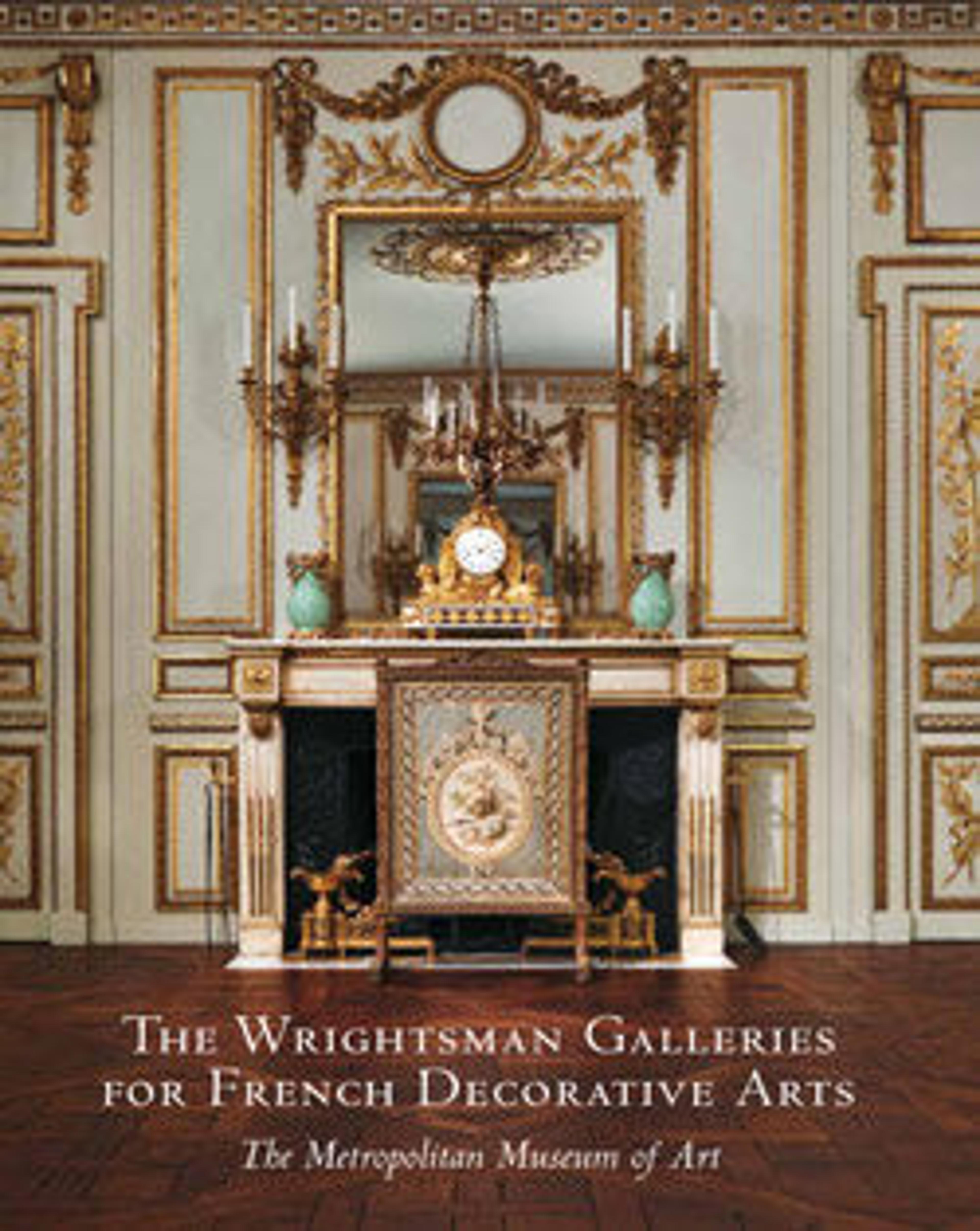Fork
Dining habits evolved rapidly in the seventeenth century. Forks came into use in France in the early part of the century; the concept of a matched fork and spoon, known as a couvert, did not appear until the second half of the century. Knives joined the couvert only at the very end of the 1600s, slightly after this fork and spoon were made. Their date of manufacture, 1683–84, makes them early examples of a matching fork and spoon, and they are rare survivals of this period.
Silver from the reign of Louis XIV does not exist in large quantities, since much of it was melted down in order to be reused as currency by the government. Beginning in 1689, Louis XIV issued a series of edicts that called for the confiscation of silver; the resulting new coinage was used to pay his armies and to replenish a depleted treasury. In addition, pieces of silver no longer in style frequently were melted down so that the molten metal could be refashioned in the latest taste. Thus, much silver has been lost due to the demands of both politics and fashion.
Silver from the reign of Louis XIV does not exist in large quantities, since much of it was melted down in order to be reused as currency by the government. Beginning in 1689, Louis XIV issued a series of edicts that called for the confiscation of silver; the resulting new coinage was used to pay his armies and to replenish a depleted treasury. In addition, pieces of silver no longer in style frequently were melted down so that the molten metal could be refashioned in the latest taste. Thus, much silver has been lost due to the demands of both politics and fashion.
Artwork Details
- Title: Fork
- Maker: Louis Nicolle (master 1666, registered new mark 1680, active 1694)
- Date: 1683–84
- Culture: French, Paris
- Medium: Gilded silver
- Dimensions: Length: 7 1/8 in. (18.1 cm)
- Classification: Metalwork-Silver
- Credit Line: Bequest of Catherine D. Wentworth, 1948
- Object Number: 48.187.214
- Curatorial Department: European Sculpture and Decorative Arts
More Artwork
Research Resources
The Met provides unparalleled resources for research and welcomes an international community of students and scholars. The Met's Open Access API is where creators and researchers can connect to the The Met collection. Open Access data and public domain images are available for unrestricted commercial and noncommercial use without permission or fee.
To request images under copyright and other restrictions, please use this Image Request form.
Feedback
We continue to research and examine historical and cultural context for objects in The Met collection. If you have comments or questions about this object record, please contact us using the form below. The Museum looks forward to receiving your comments.
